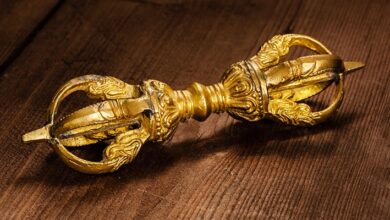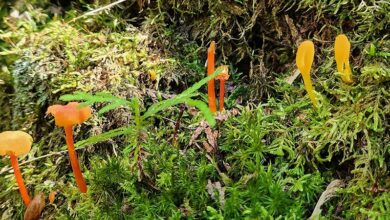7 Stunning Macro Insect Photographs by Nature Photographer Herman Giethoorn
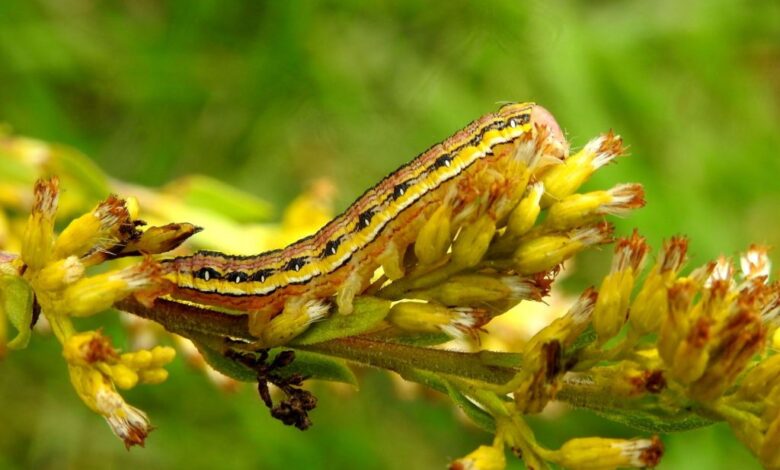
Sydenham River Nature Reserve © Gabby Zagorski
If you’re fascinated by macro insect photography, you’re in for a treat. Retired nature photographer Herman Giethoorn has captured thousands of vivid images of insects and arachnids found in Ontario and beyond. Through his decades-long career, Herman’s work has been featured in books, magazines, calendars and more. Today, he’s the top contributor to our Flickr group with over 3,000 submissions!
Herman began his journey with Ontario Nature as a high school student in the early 1960s. His commitment to nature and conservation has grown through photography, volunteer work and philanthropy as a monthly donor. He frequently participates in Ontario Nature events, especially at the Sydenham River Nature Reserve.
His photography doesn’t stop at insects. On his Flickr page, Herman has shared nearly 30,000 breathtaking images of Ontario’s birds, reptiles, wildflowers and landscapes. If you’re passionate about insect identification, nature photography or learning about local biodiversity, his gallery is a wonderful resource.
Browse some of Herman’s most stunning insect photographs below, paired with his personal insights about each species. (Psst – all of these insects can be found at our Sydenham River Nature Reserve!)
Asteroid Moth Caterpillar
These are very variable in colour. I see green ones more often than this brown. They’re commonly seen in meadows, fields and forests. These moths seem to prefer aster and goldenrod flowers. They spend winter underground as cocoons.
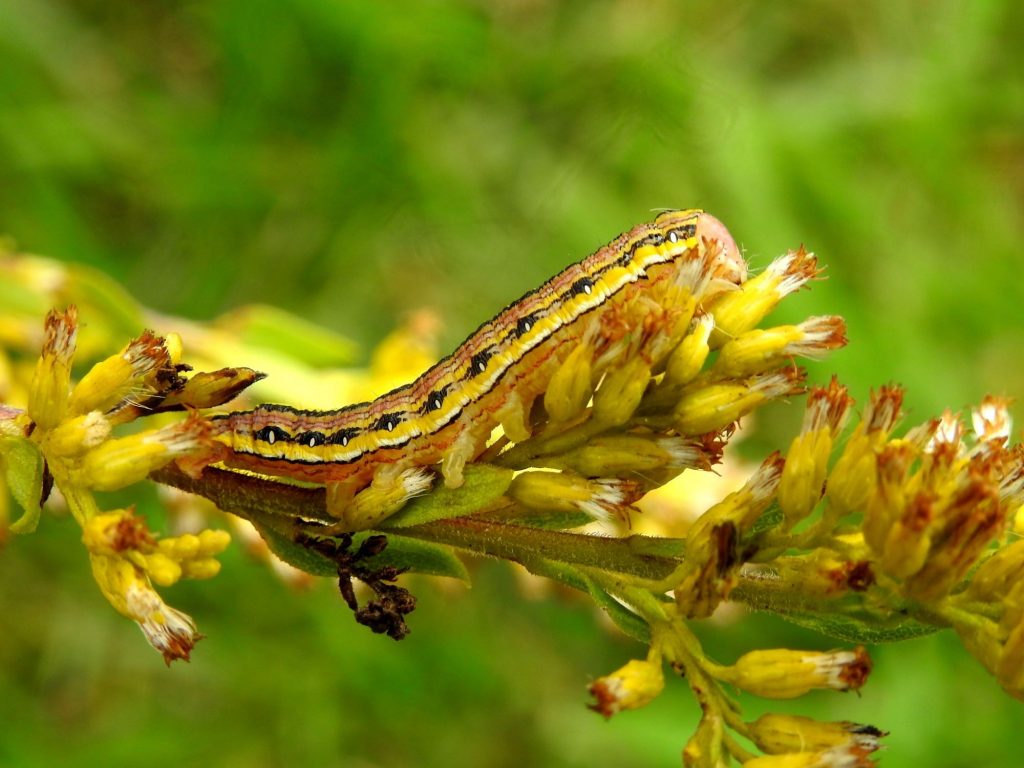
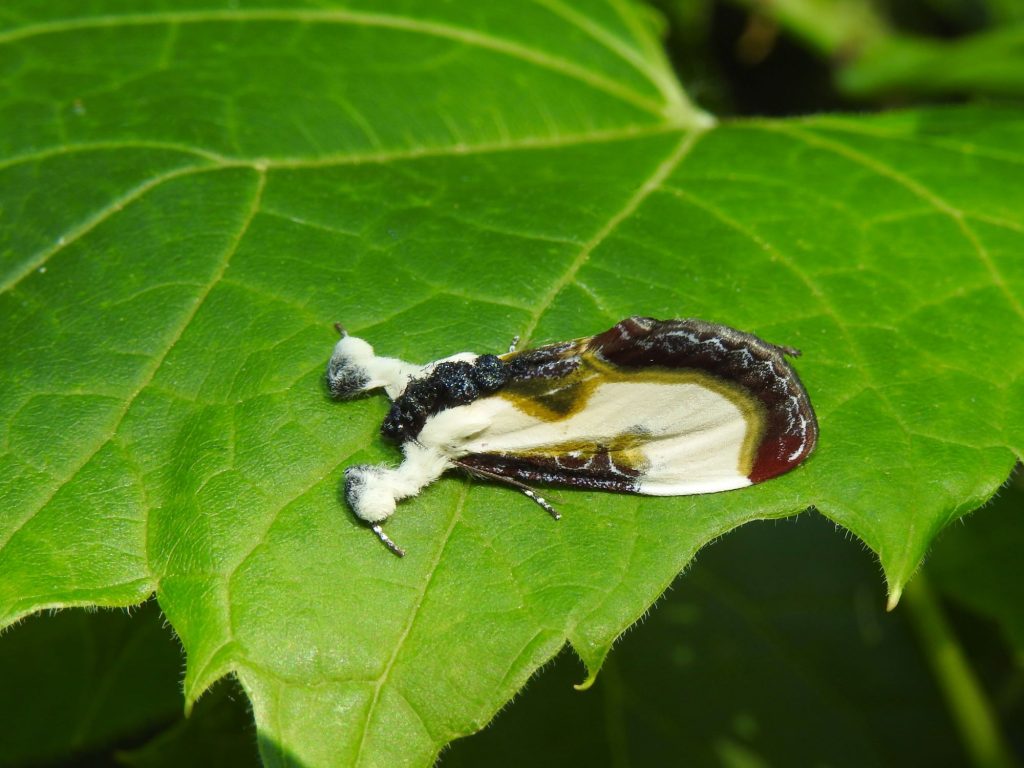
Beautiful Wood-nymph Moth
I’ve seen them in meadows and woodland edges. They’re nocturnal and spend the daytime sleeping on foliage. They’re well-camouflaged as bird droppings.
Banded Hairstreak
Males defend their territories from perches and often take part in ‘combat’ flight with other males. They’re often seen on milkweeds, dogbane and white sweet-clover. There’s one generation per year, usually from June to August, in mixed forest.
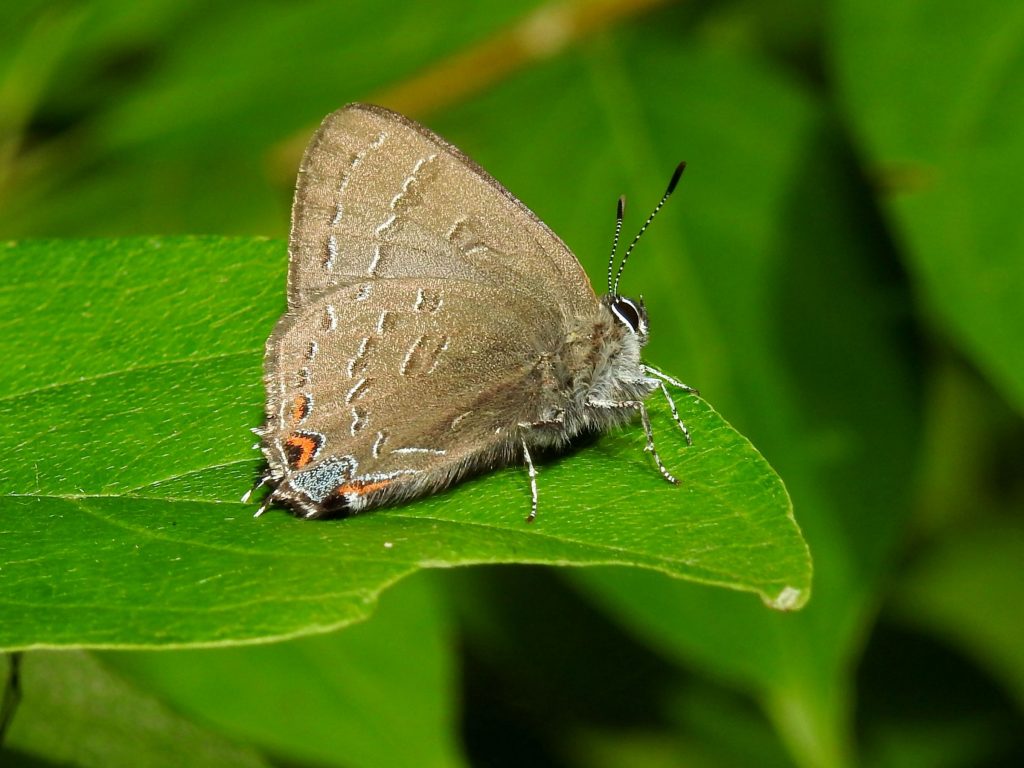
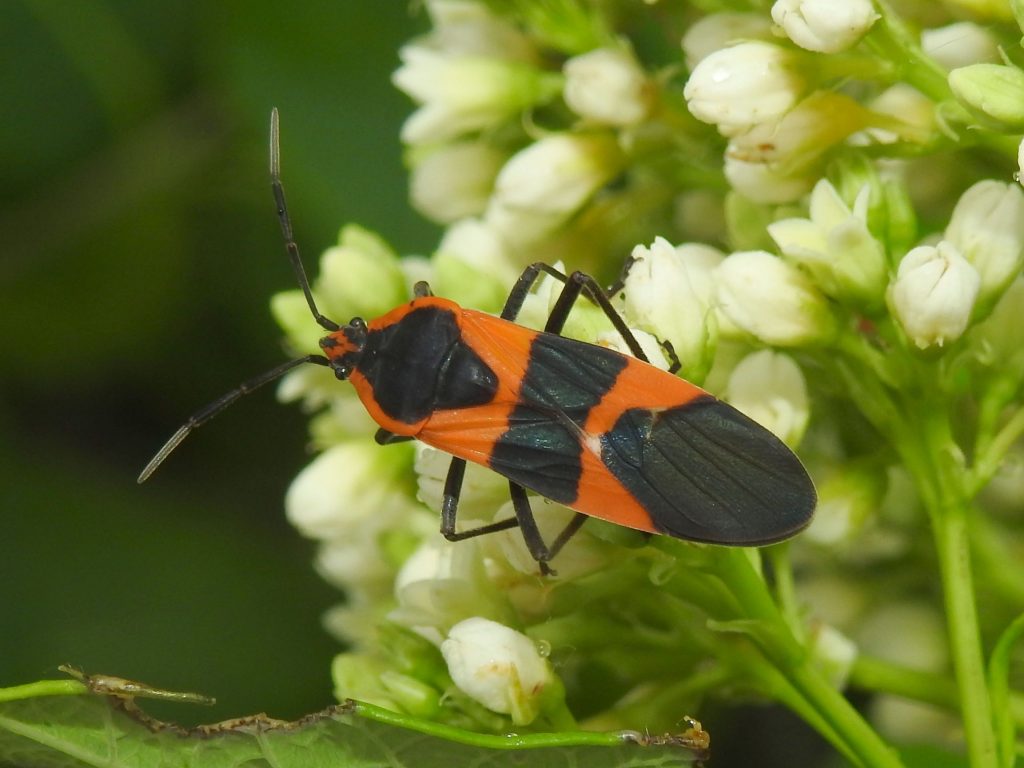
Large Milkweed Bug
This species feeds exclusively on milkweeds, especially on the seeds. I’ve only seen them on the seed-pods, often in large colonies. They rarely survive the winter in the northern parts of their range.
Common Walkingstick
These insects are rarely seen because of their unique camouflage. On a woody shrub they’re almost invisible. They spend most of their time high up in oak foliage and drop their eggs onto the forest floor.
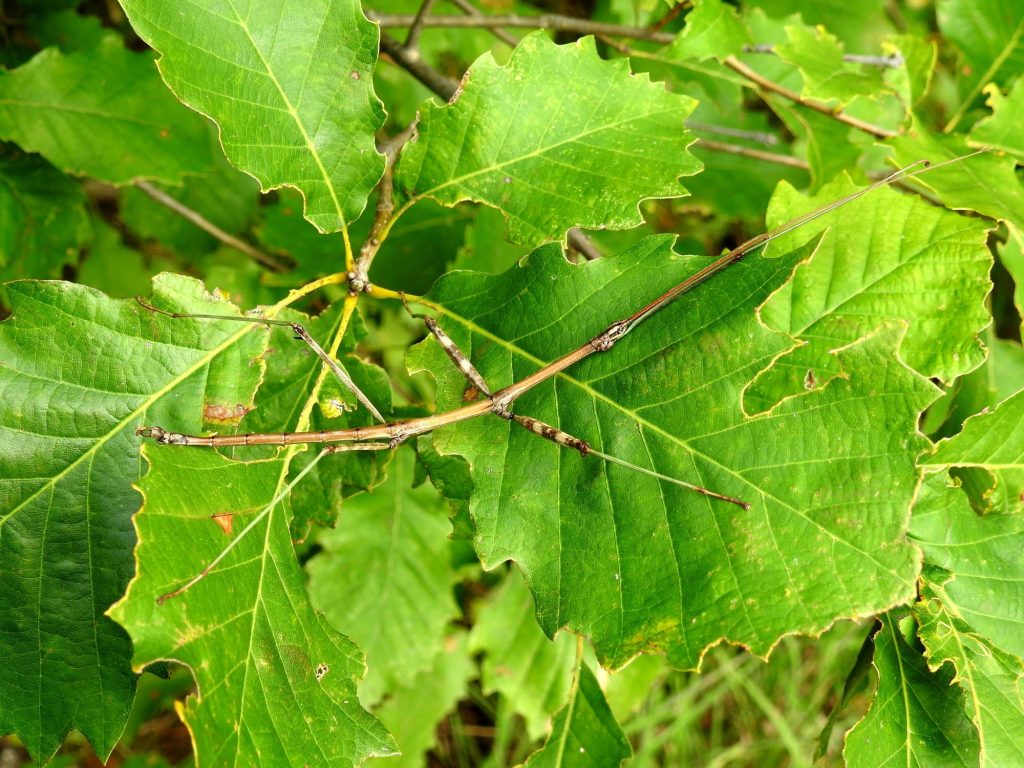
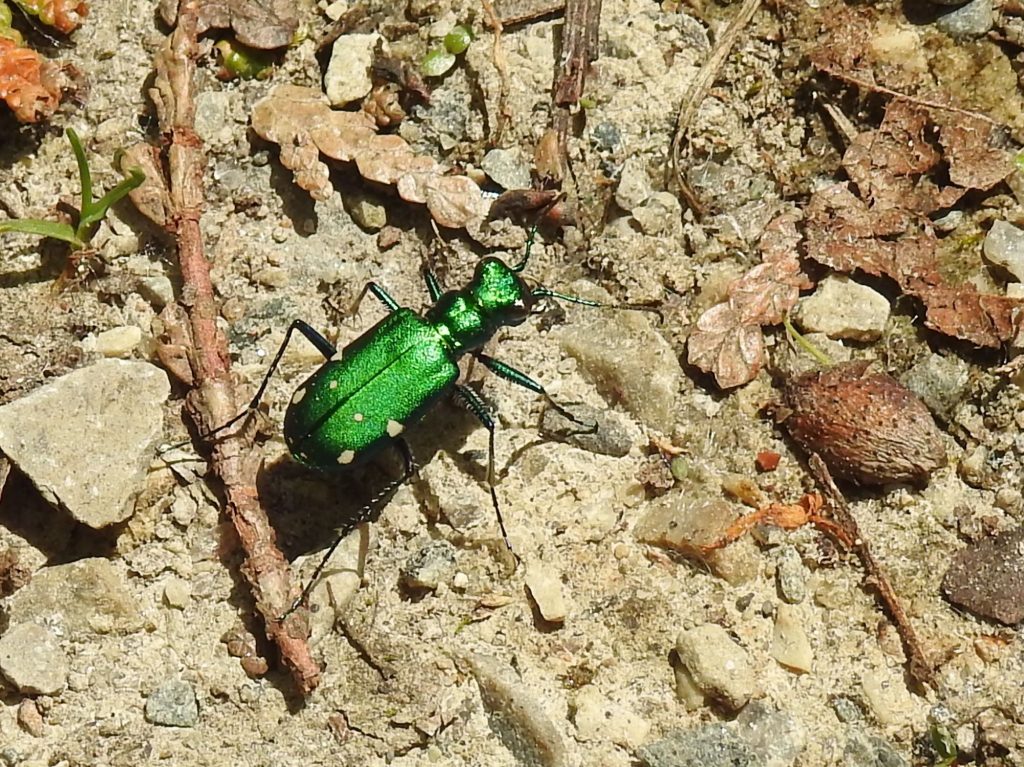
Six-spotted Tiger Beetle
They usually have six spots but sometimes they have two or four. The beetles are typically seen in spring or summer. I find them challenging to photograph as they can run very fast when disturbed. They seem to prefer deciduous forests, and the larvae burrow into sandy or clay soils.
Widow Skimmer
A distinctive black and grey dragonfly with boldly marked wings. Both males and females have large dark spots on the wings, but only the males have smoky white wing spots. Commonly seen flying over ponds.
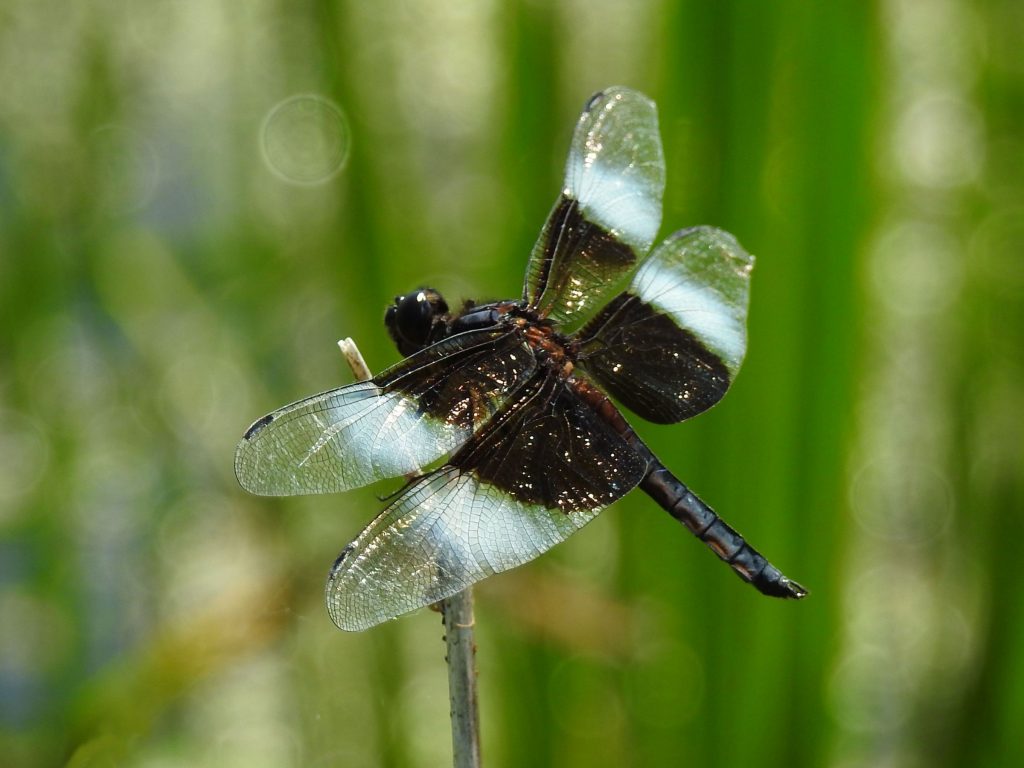
All photos © Herman Giethoorn
Love Insects? Help Us Support Their Conservation!
As well as being a gifted photographer, Herman is a proud Friend of Nature monthly donor to Ontario Nature. Monthly donors help protect natural areas by funding efforts like habitat restoration and community science programs.
Join Herman in supporting us by becoming a Friend of Nature today. Call Hayley at 416-444-8419 x 248 or visit ontarionature.org/monthly.


